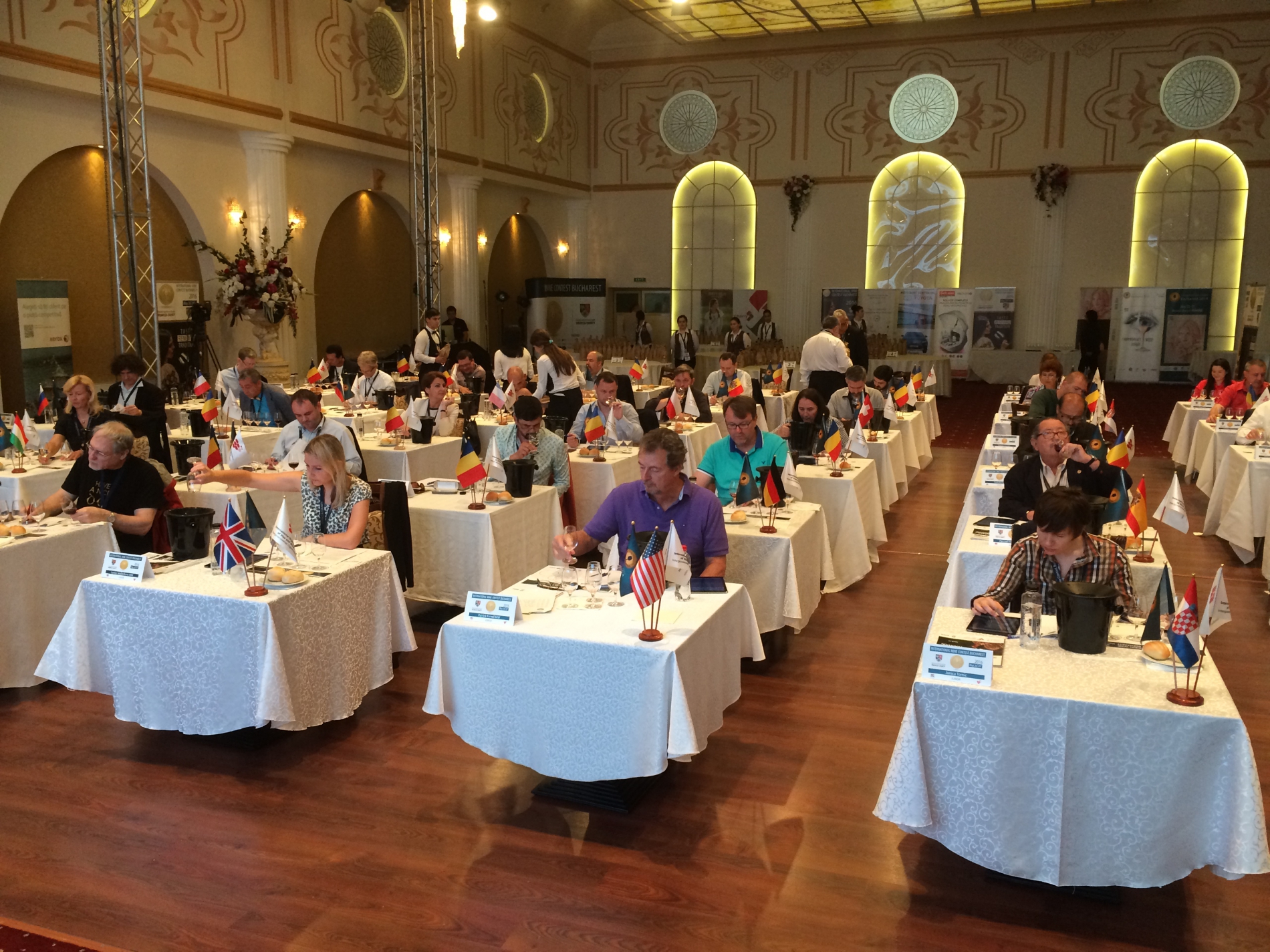
Over 100 exhibitors from 10 different countries presented more than 200 brands of vitivinicultural materials and equipment over 3 days in the heart of China's top wine region.
The Director General of the OIV participated in the opening in the presence of local authorities and Ms Valérie Lobry, the Director General of COMEXPOSIUM.

During his speech, he highlighted the role of this exhibition and the technical conferences held on this occasion in the dissemination of information on technological innovation and developments in the vitivinicultural sector. Jean-Marie Aurand also recalled the historic relationship between the OIV and the Yantai-Penglai Region.
The Yantai Region constitutes the cradle of Chinese vitivinicultural production. It was indeed in Yantai that the company Changyu founded modern Chinese viticulture in 1892. The company is now one of the two major leaders in the sector, alongside COFCO.
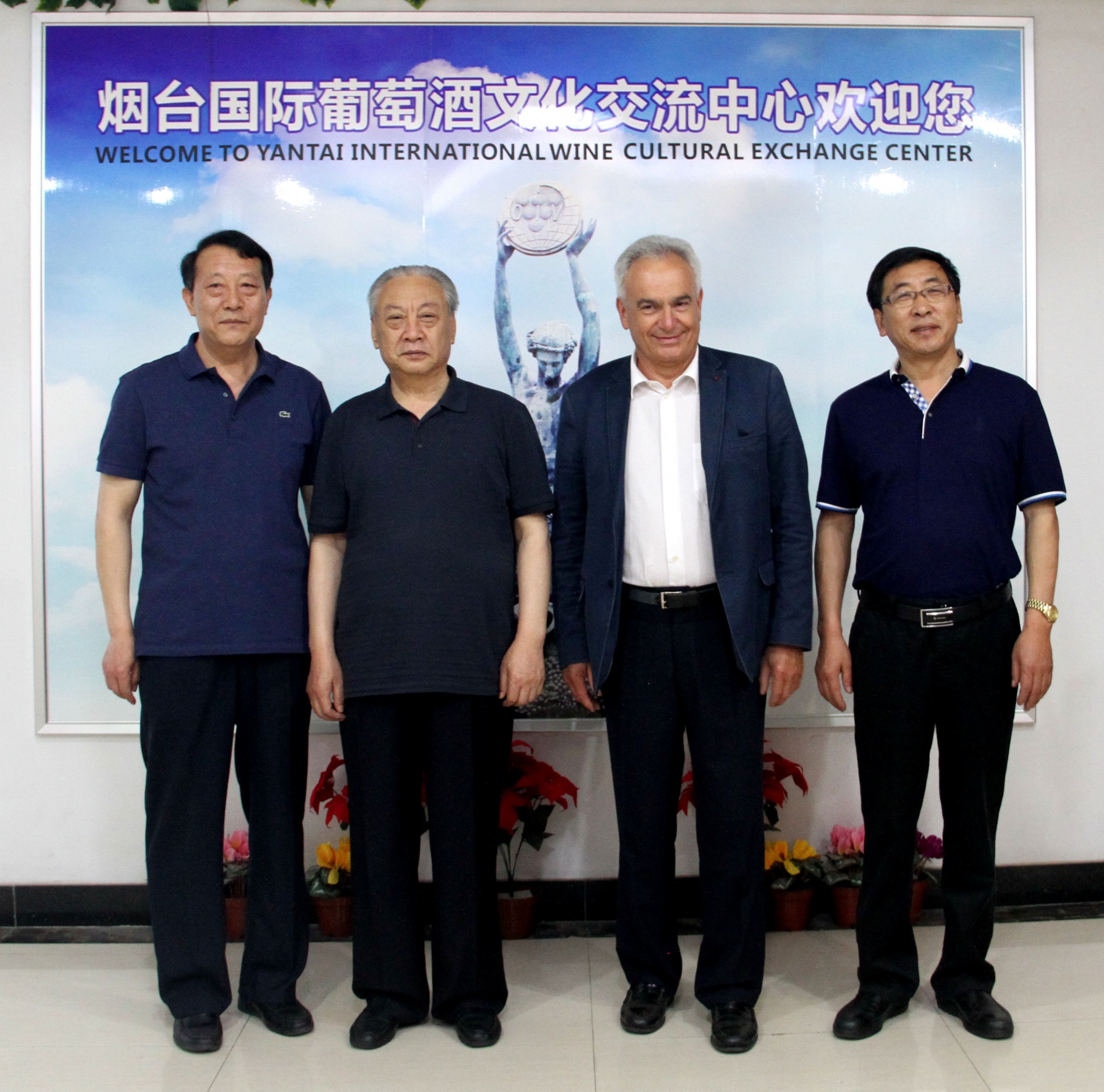
With nearly 3.5 million hl of wine per year, the Yantai Region accounts for more than a third of Chinese production. It comprises 156 vitivinicultural companies, 35 of which are among the biggest in China.
In 1987, Yantai was recognised as an "International City of Vine and Wine" by the OIV and the municipality has observer status within the Organisation.
During a meeting with the Director of the Yantai Wine Bureau, Mr Jia Yu Zhang, the Director General of the OIV expressed his desire for the region's experts to be able to participate in the work of the OIV. He also stressed the importance of closer cooperation between the People's Republic of China and the OIV in future.
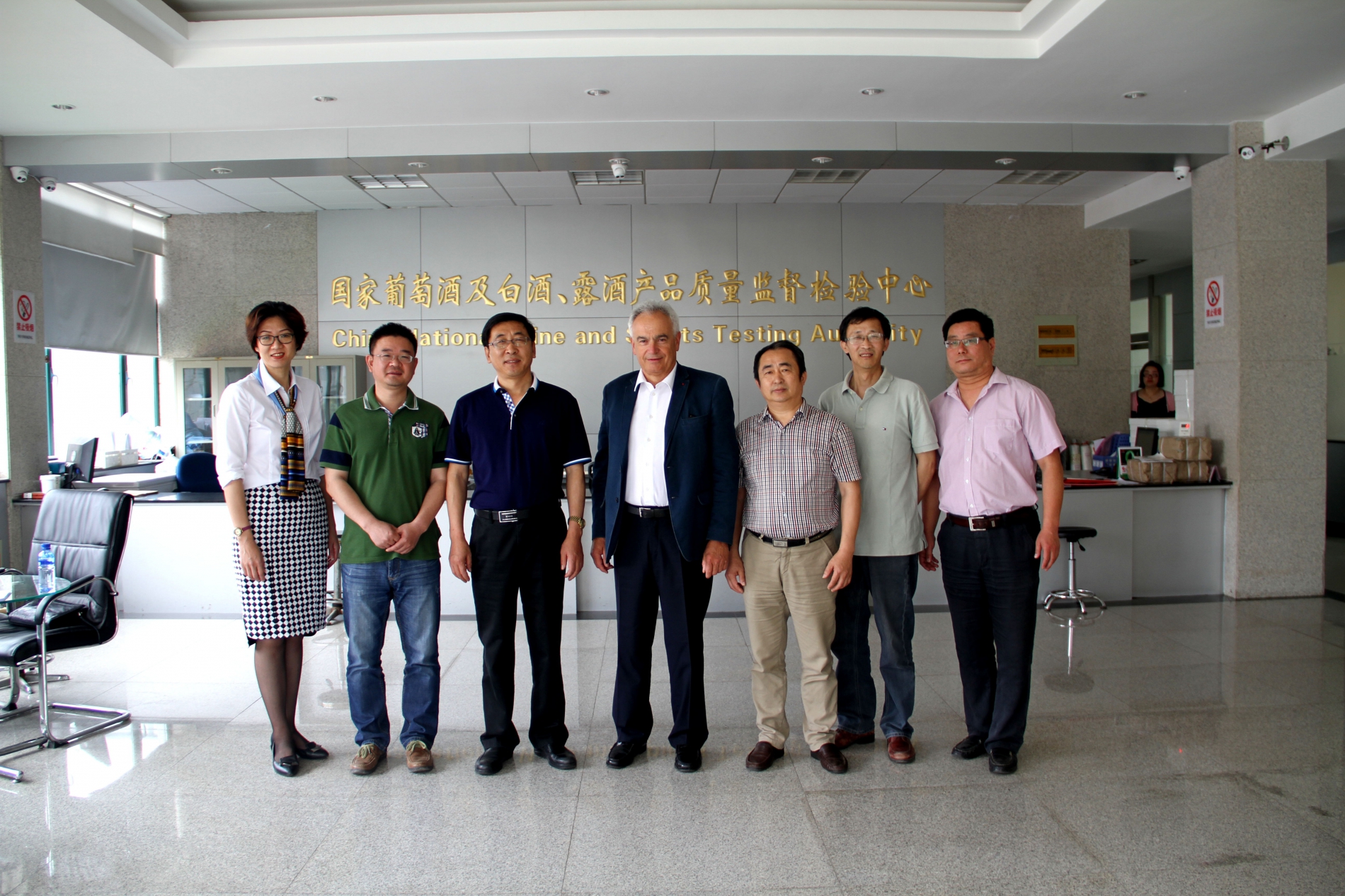
In addition, Jean-Marie Aurand took part in the 21st Gourmand Awards on 28 May in Yantai, at the invitation of its President Edouard Cointreau. This event aims to promote gastronomy and wine through various works and televised programmes.
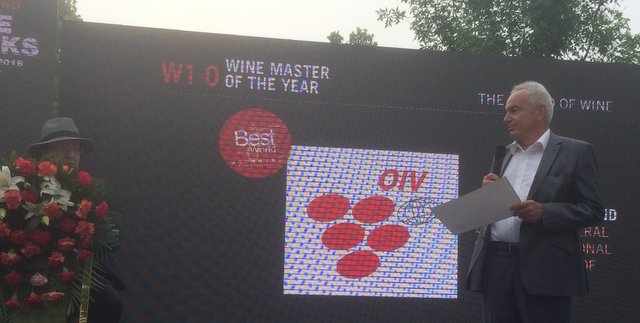
Finally, the visit to several domains confirmed the dynamism of this region, which continues to plant vineyards and build wineries.
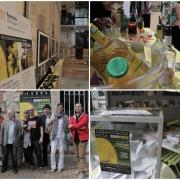
Out of 28 officially selected films and a total of 15 hours of screening, the 2016 Oenovideo Grand Prix was awarded to the Canadian film "Au pif" from Pimiento inc., produced by Bachir Bensaddek y Orlando Arriagada. This is a documentary on the world of sommellerie seen through the eyes of the Québécoise sommelier Véronique Rivest.
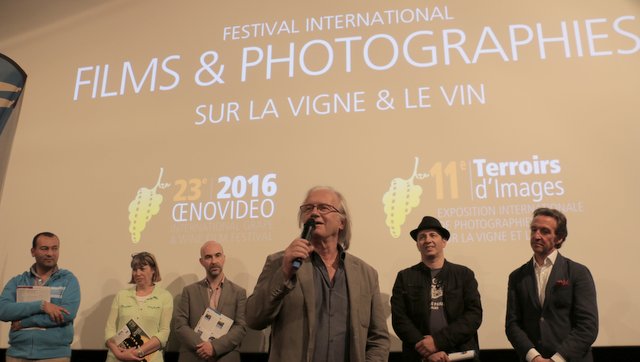
In total, including the selections of the Grand Jury, the public and the partner judges, 14 films received awards. Consult the 2016 list of award winners.
Under the theme "Le printemps des vignes : le retour de la vie !" ("Springtime for vines: coming back to life!"), the 11thTerroir d'Images exhibition was held at the same time. Out of over 1500 works by amateur photographers and professionals from 12 competing countries, 110 photographs were officially selected.
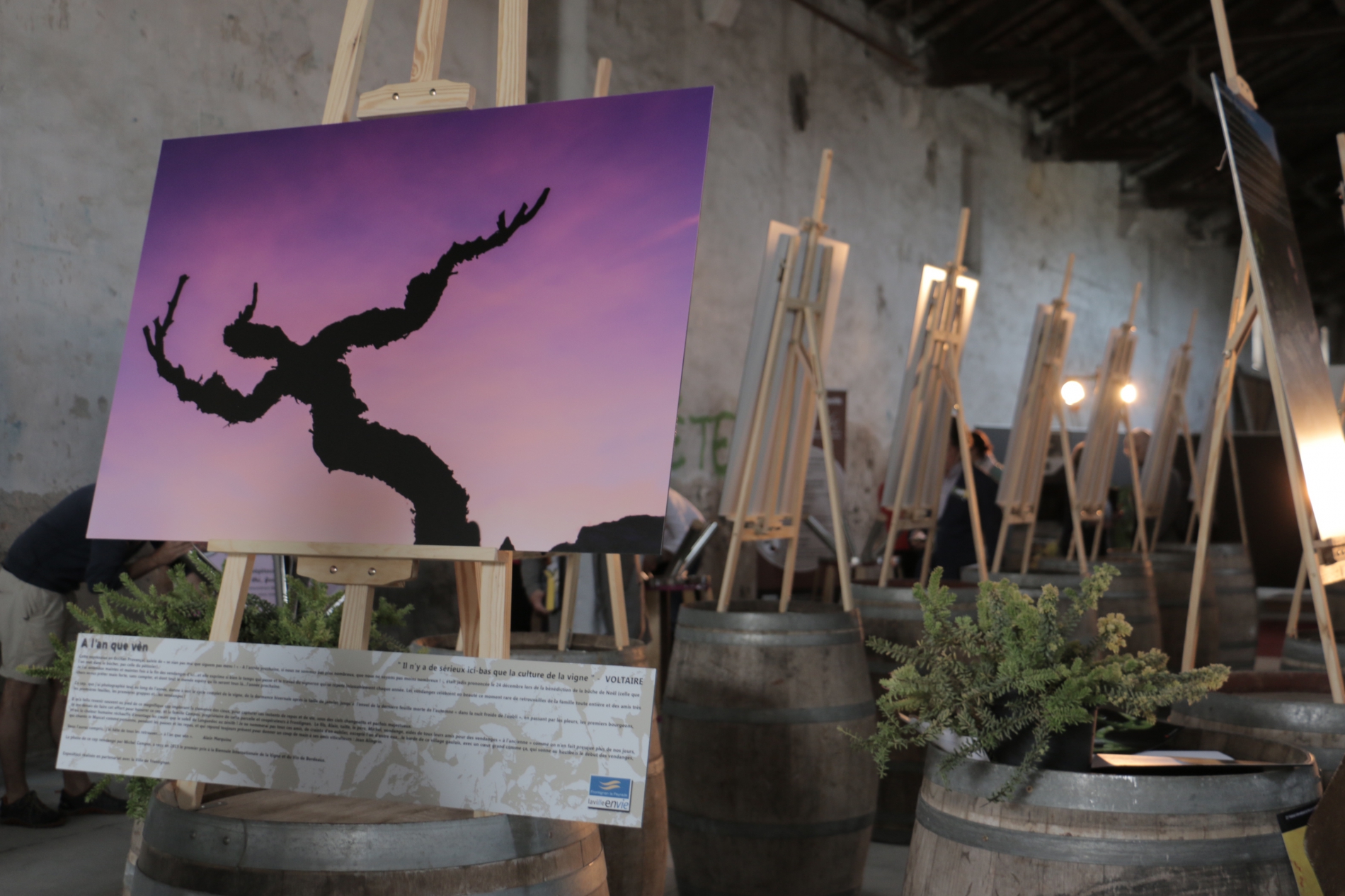
The official award ceremony will take place on Wednesday 14 September 2016 at the Palais du Luxembourg in Paris. At this time, the best photographers of the Terroirs d'images exhibition will also be recognised and presented with awards.
A première in Hérault
Nestled between sea and scrubland at the edge of the Thau lake, Frontignan was the first town in Hérault to host Oenovideo, an itinerant festival since its beginnings. It was also an opportunity to celebrate the 80th anniversary of the Muscat de Frontignan appellation. Between each screening, attendees were able to awaken their senses in the land of Muscat and engage in discussions with regional wine producers and film directors.
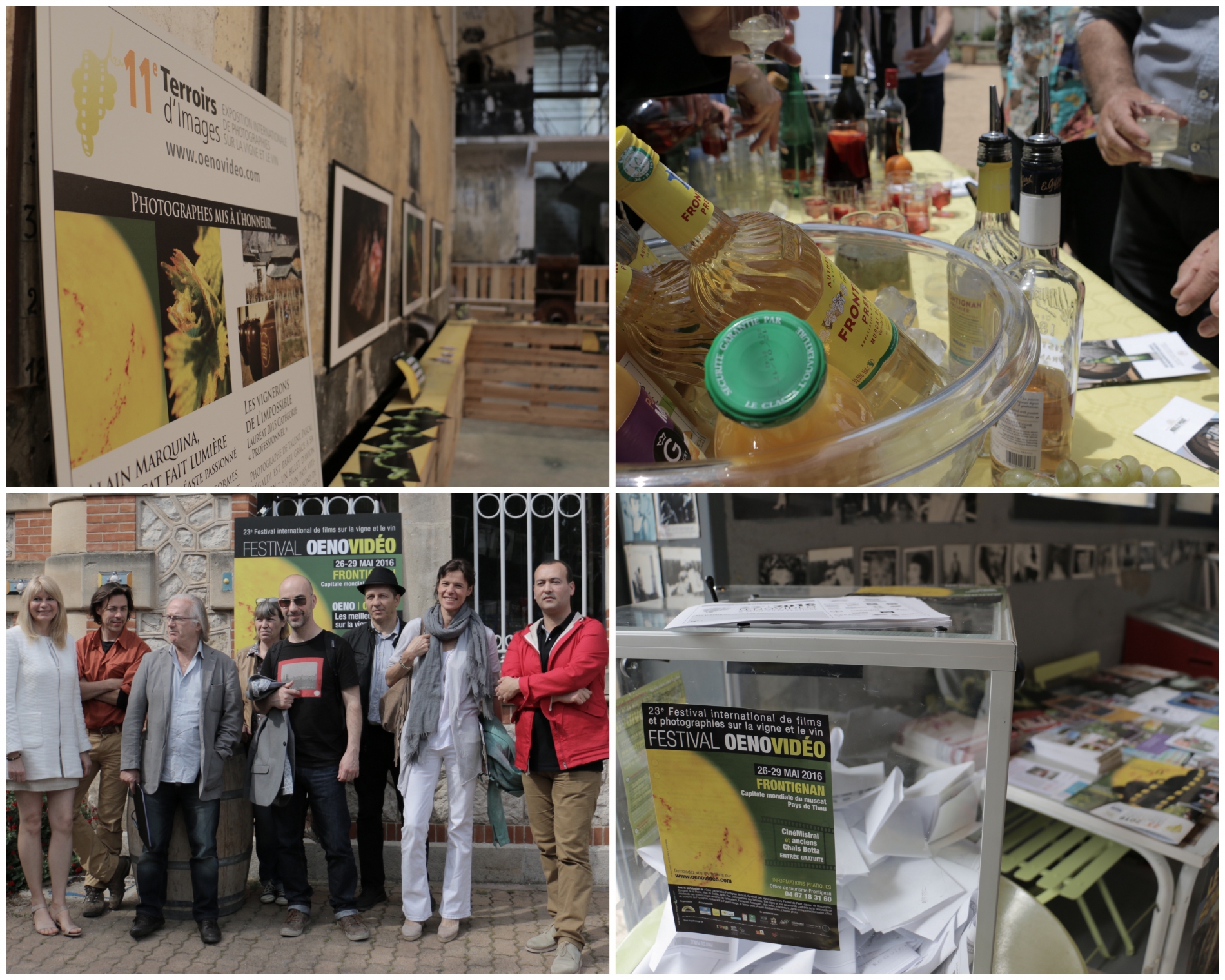

This initiative, respected by many international judges, has allowed for the discovery of an important wine region and the contribution to the promotion of the image and culture of Romanian wines.
Jean-Claude Ruf, the official OIV delegate at this competition that was placed under the patronage of the Organisation, praised the rapid development of the event, which brought together almost 1500 wines this year – 30% more than the last one. A total of 36 countries were represented. This contest thus sees its success confirmed year after year.
